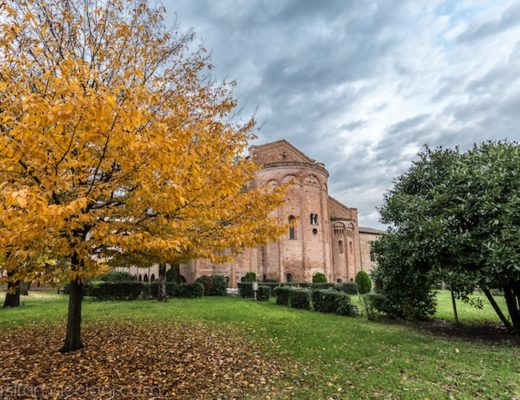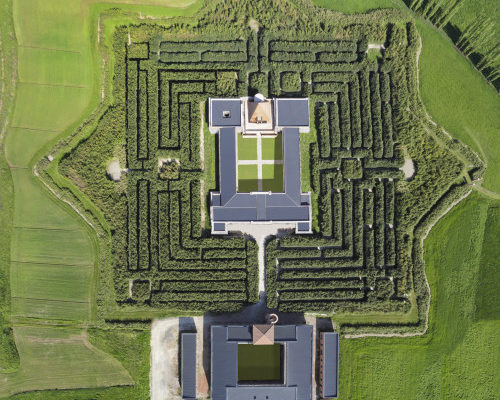In the heart of the city of Modena, you will find the Cathedral with the Ghirlandina Tower. The symbols par excellenceof the city, which the people of Modena are very proud of.
The Cathedral stands out for its elegance and for the majestic sumptuousness and the solidity of those who have defied the centuries. For me, it is the historic building of the city that reminds me of Home. Every time I was far away from Modena, the Duomo and the Ghirlanda are the images that I have sculpted in my mind and in my heart.
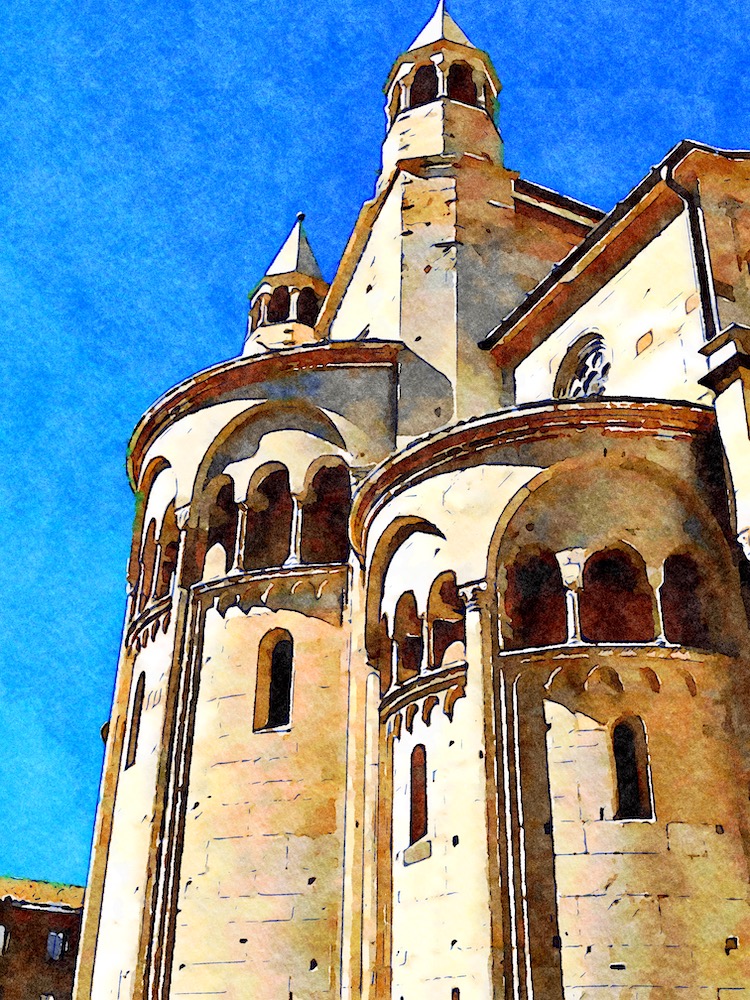
I have read this quote in an old book that talks about the Cathedral and that I thought of writing for its beauty and for the meaning it is able to convey. I would like to give you the idea of how much this marvelous work in marble means for the locals: “To be truly a city, every city must have a soul, it must have a river that crosses it or a Cathedral famous for its art and history. Actually, Modena has two rivers: the Secchia and the Panaro, but we have a Cathedral that is worth all the most famous rivers in the world: the Duomo. Whoever enters to pause in recollection hears in that silence the city’s noises flow and burn out. “
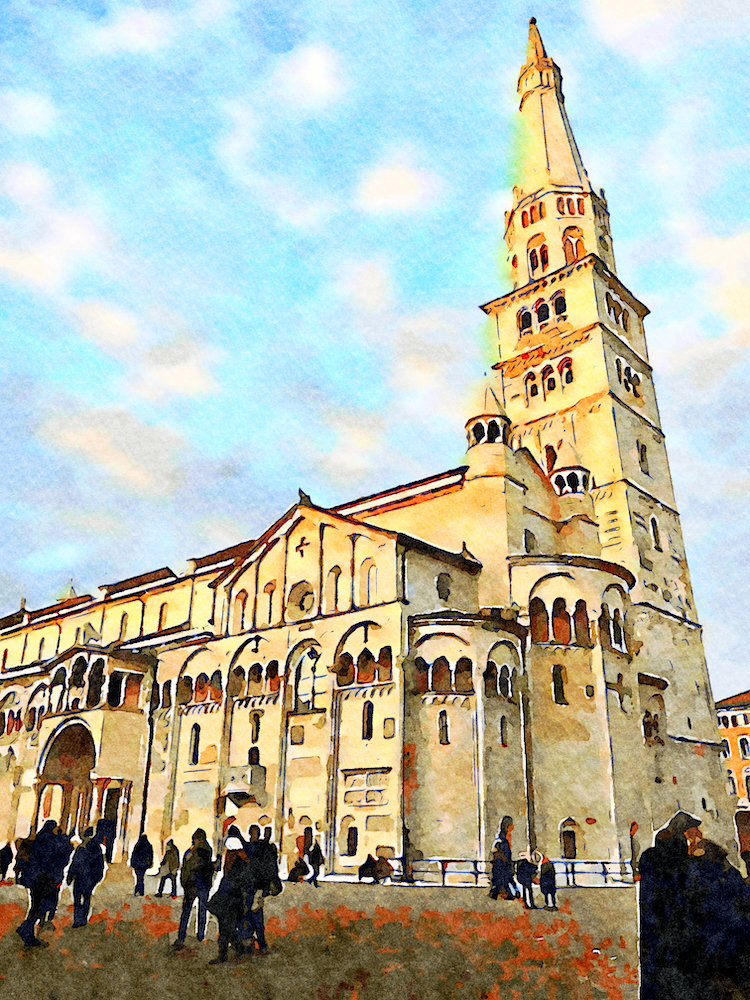
And a poet once said, looking at the rose window: “the high rose window is now splending and I don’t think or ask for anything, but I let this flower open inside of me…”
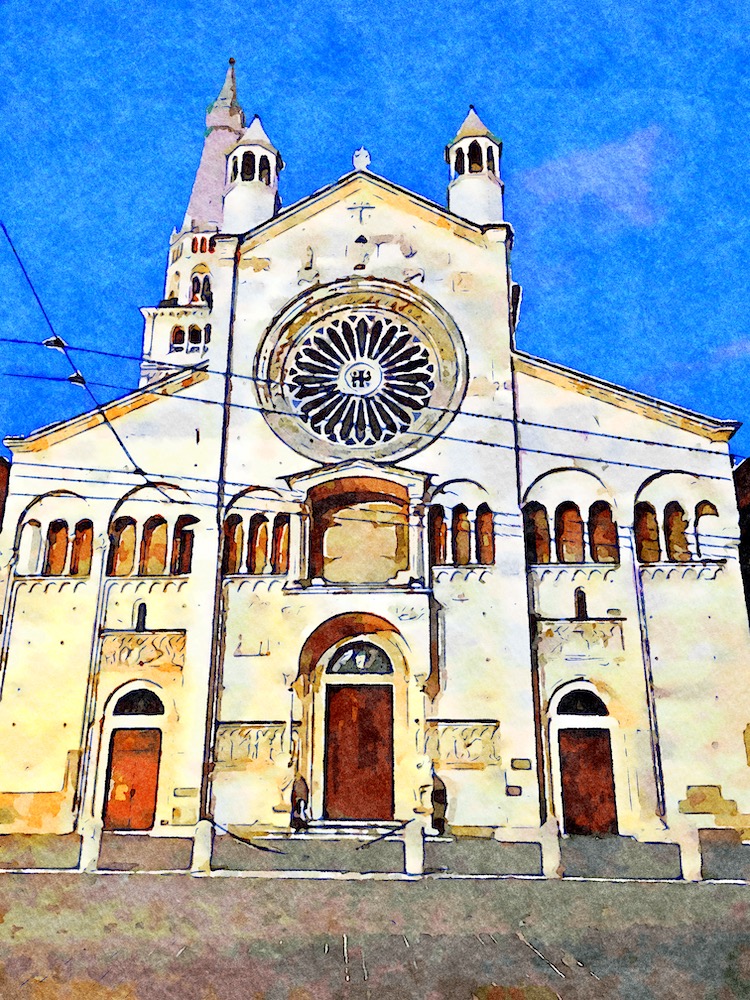
The Duomo of Modena is the most important monument of the city and one of the most beautiful and homogeneous creations of Romanesque architecture. The noble factory was started on June 9th, 1099, by a master who is known as Lanfranco, on the site of a previous basilica built in the fifth century above the tomb of Saint Geminiano.
The construction of the Cathedral of Modena continued over the years without scratching the admirable structure of Lanfranco. The name of Wiligelmo is also associated with the Duomo, considered the first artist of sculpture in Italy. Anselmo da Campione also worked there, and he inserted the rose window and opened the two minor portals in the façade. Together with Anselmo there were other masters such as Enrico da Campione who, at the beginning of the 14th century, conceived and built the terminal part of the Ghirlandina.
Despite some interventions aimed to replace the wood in the internal trusses with the stone, the Cathedral appears today how Lanfranco and Wiligelmo wanted it, the two great artists whose exceptional spiritual fusion allowed them to give an inseparable unity to the sculptural decoration and to the architectural structure, with a balance and harmony that is truly unparalleled and able to make this cathedral a model for many churches of later times.

